Fun dives gili islands
The magical underwater world around Indonesia boasts year-round crystal-clear waters. Home to some of the world’s best and most loved marine life. Diving in Indonesia is not to be missed. At Scallywag Divers you receive the personal and tailored to your needs customer experience. Dive groups are kept small with a maximum of 4 divers of the same level per guide. Refreshments are provided on all of our dive boats, plus fresh towels.

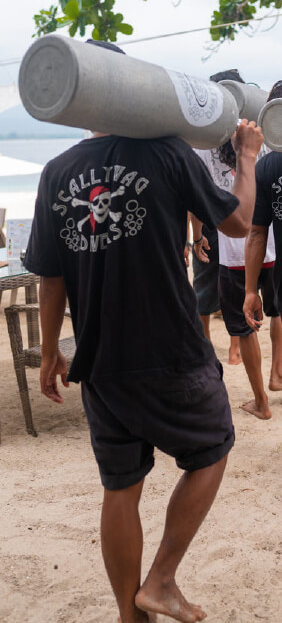
The gili islands
Scuba Diving
GILI ISLANDS DIVE SITES
Quick jump to a Dive site
Bio rocks

Bounty wreck
Good heart
Coral basket
Deep turbo
Halik
Hans reef
Han’s is perfect for beginners as well as seasoned divers. A gentle sandy slope running parallel to the shore line featuring a large central coral mound and many smaller coral outcroppings. We often dive this location with Open Water and Advanced Adventurer Courses as it provides a perfect training area of sandy bottom in areas with close access to reef. Large and small bommies attract a variety of interesting and unique marine life including Octopus, Cuttlefish, Clarks Anemonefish, Green Sea Turtles, Scorpionfish, Blue Spotted Stingrays and Peacock Mantis Shrimp.


Manta point
Meno wall


Seahorse bay
Secret reef

Shark point
Glen nusa wreck


Simon’s reef
Sunset reef
Takat malang
Turtle heaven
Join the Scallywag family for
travel tips delivered to your inbox!
©2023 Scallywags resorts | Privacy Policy
